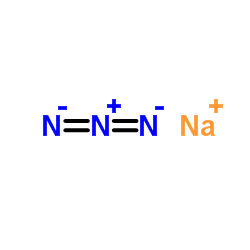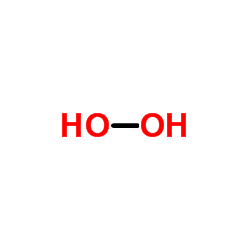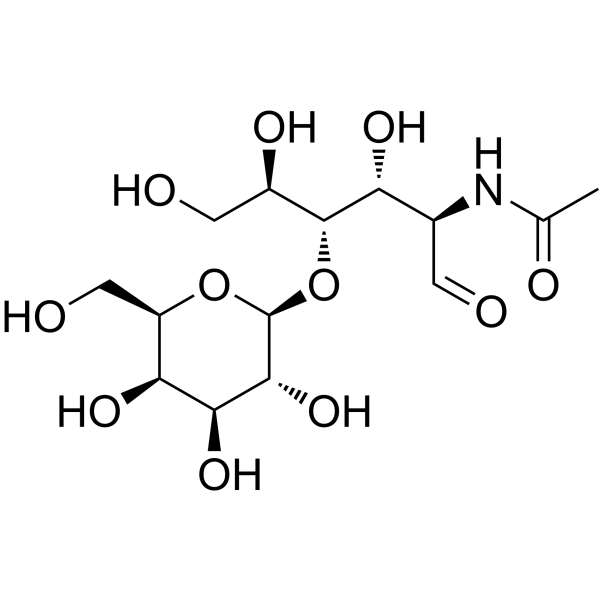| Structure | Name/CAS No. | Articles |
|---|---|---|
 |
Sodium azide
CAS:26628-22-8 |
|
 |
Ethanol
CAS:64-17-5 |
|
 |
Acetone
CAS:67-64-1 |
|
 |
Hydrogen peroxide
CAS:7722-84-1 |
|
 |
N-Acetyl-D-lactosamine
CAS:32181-59-2 |